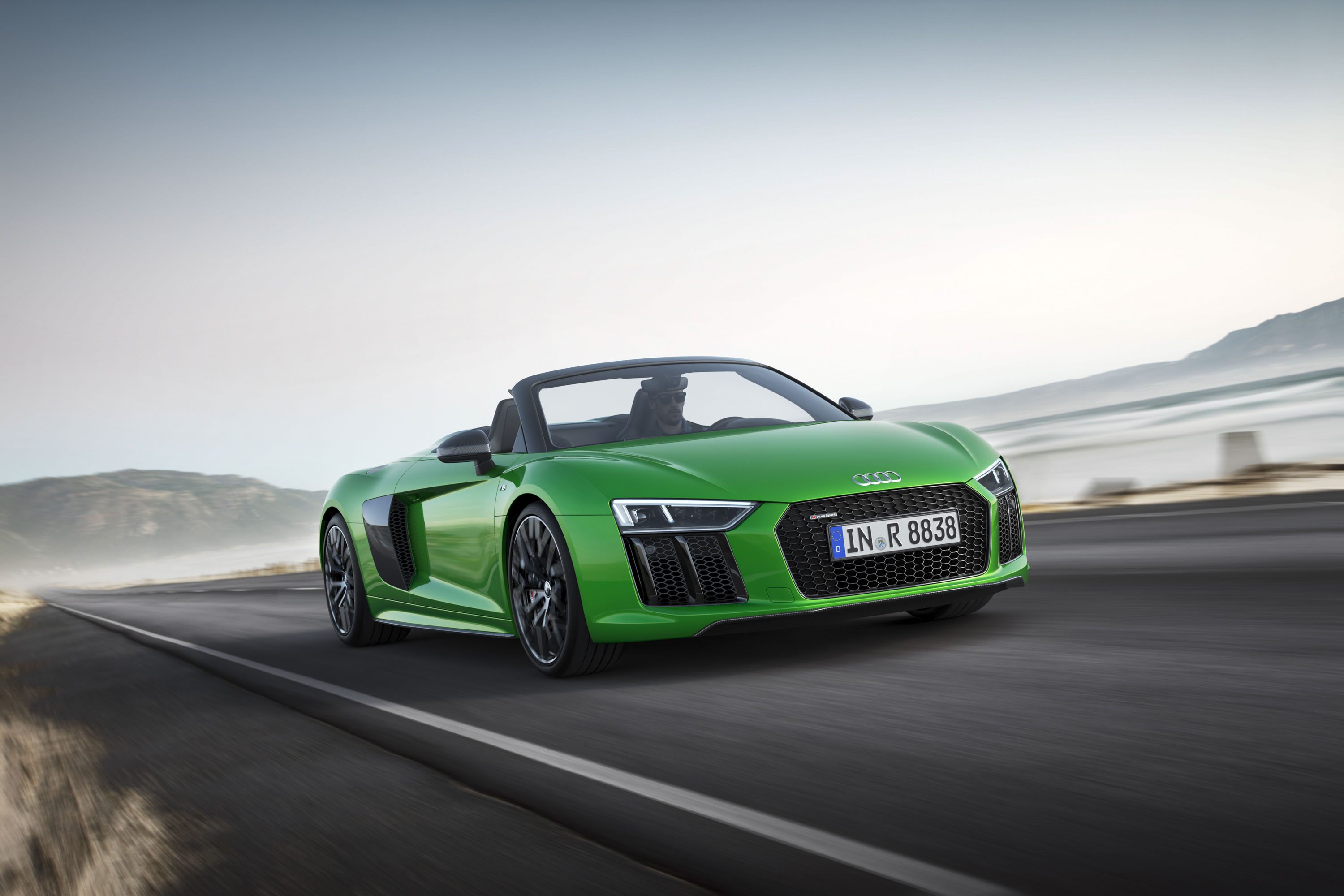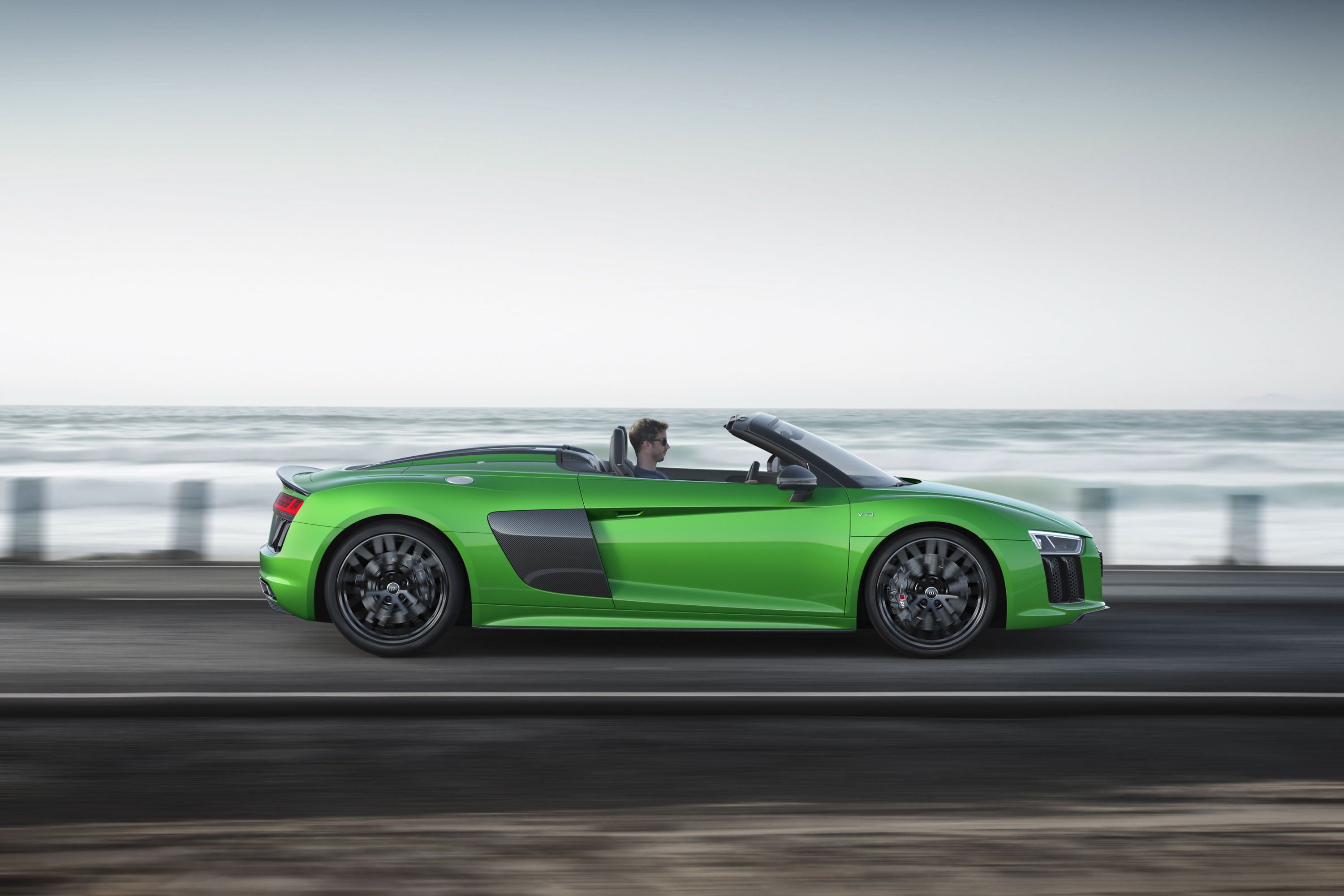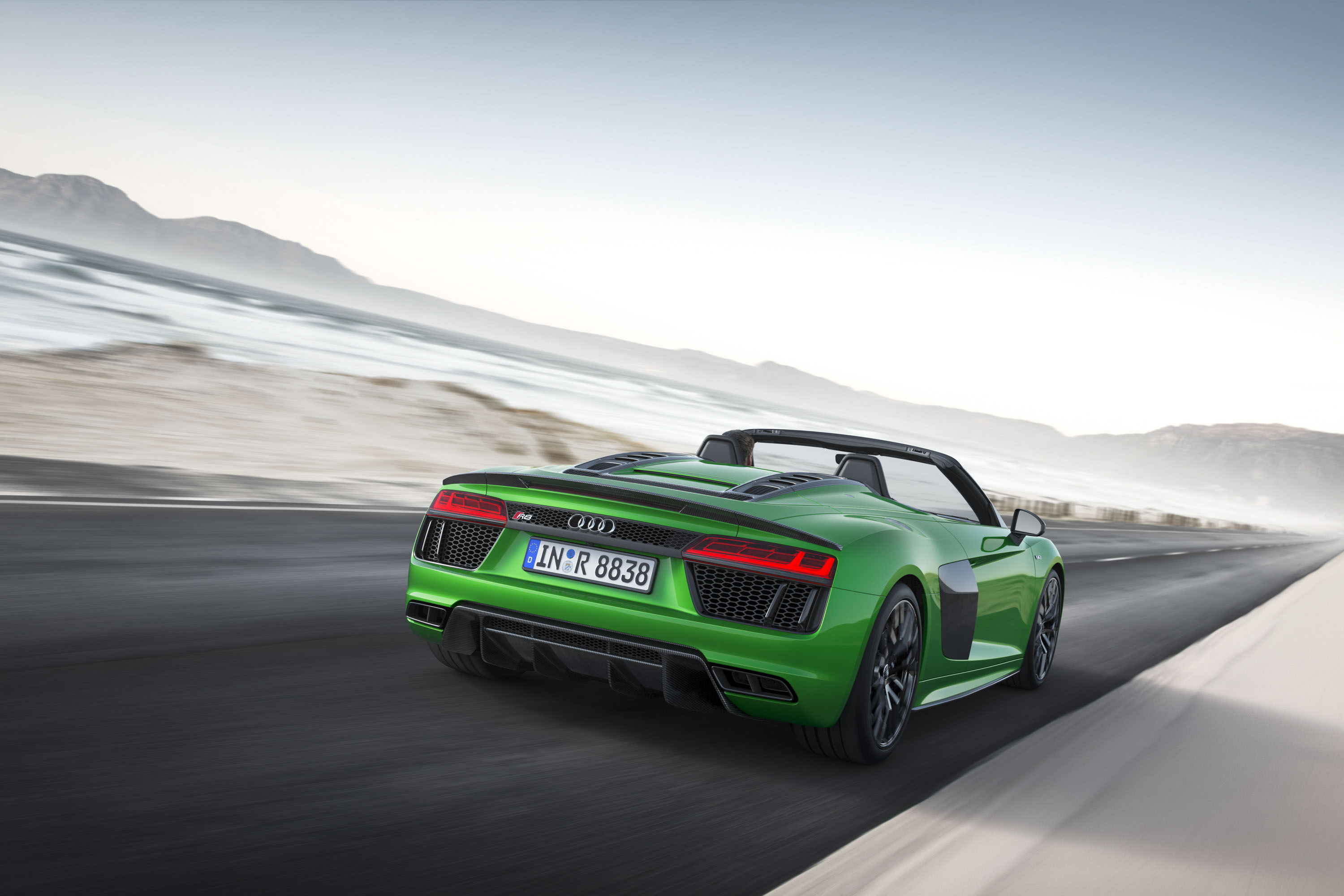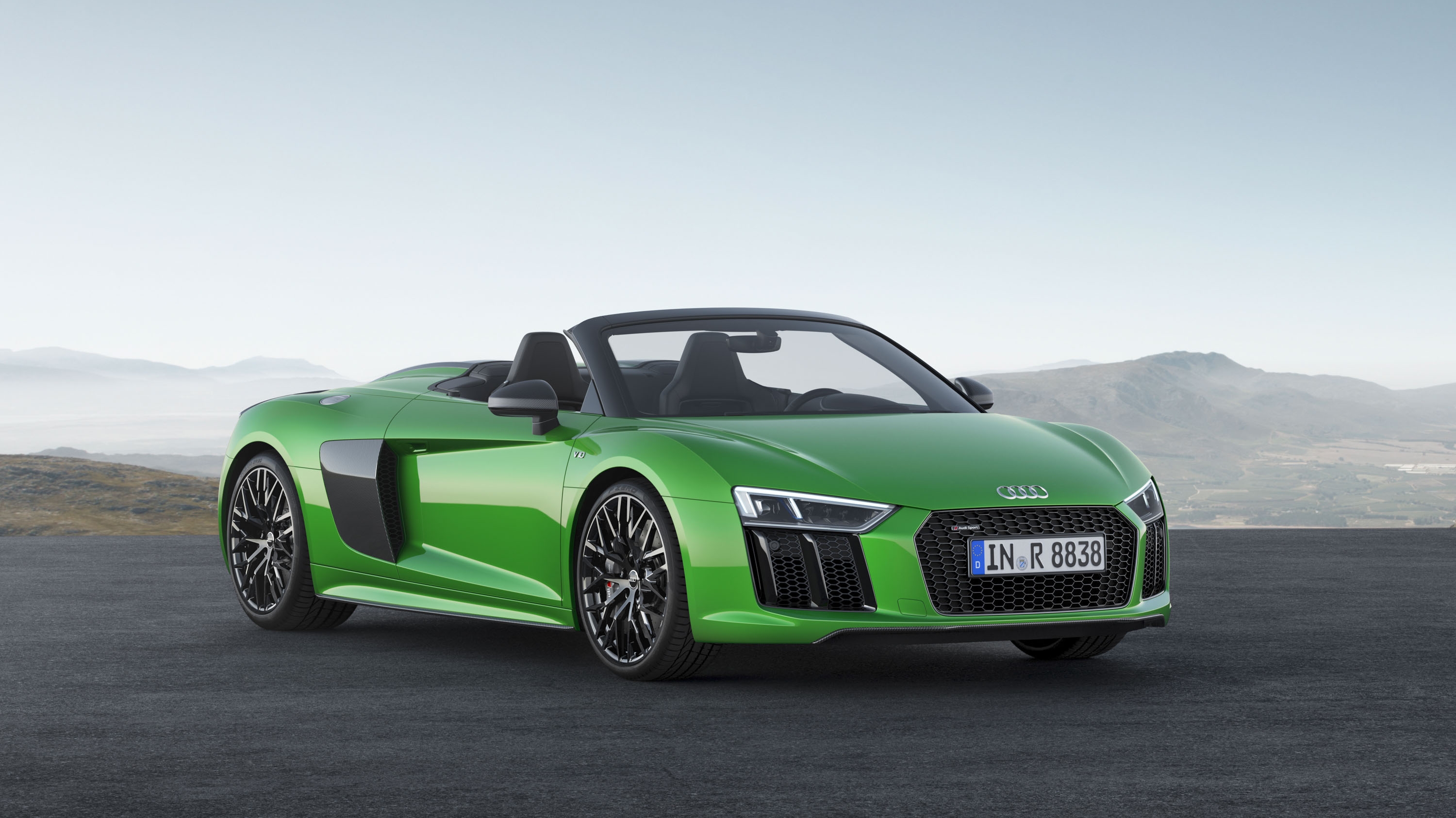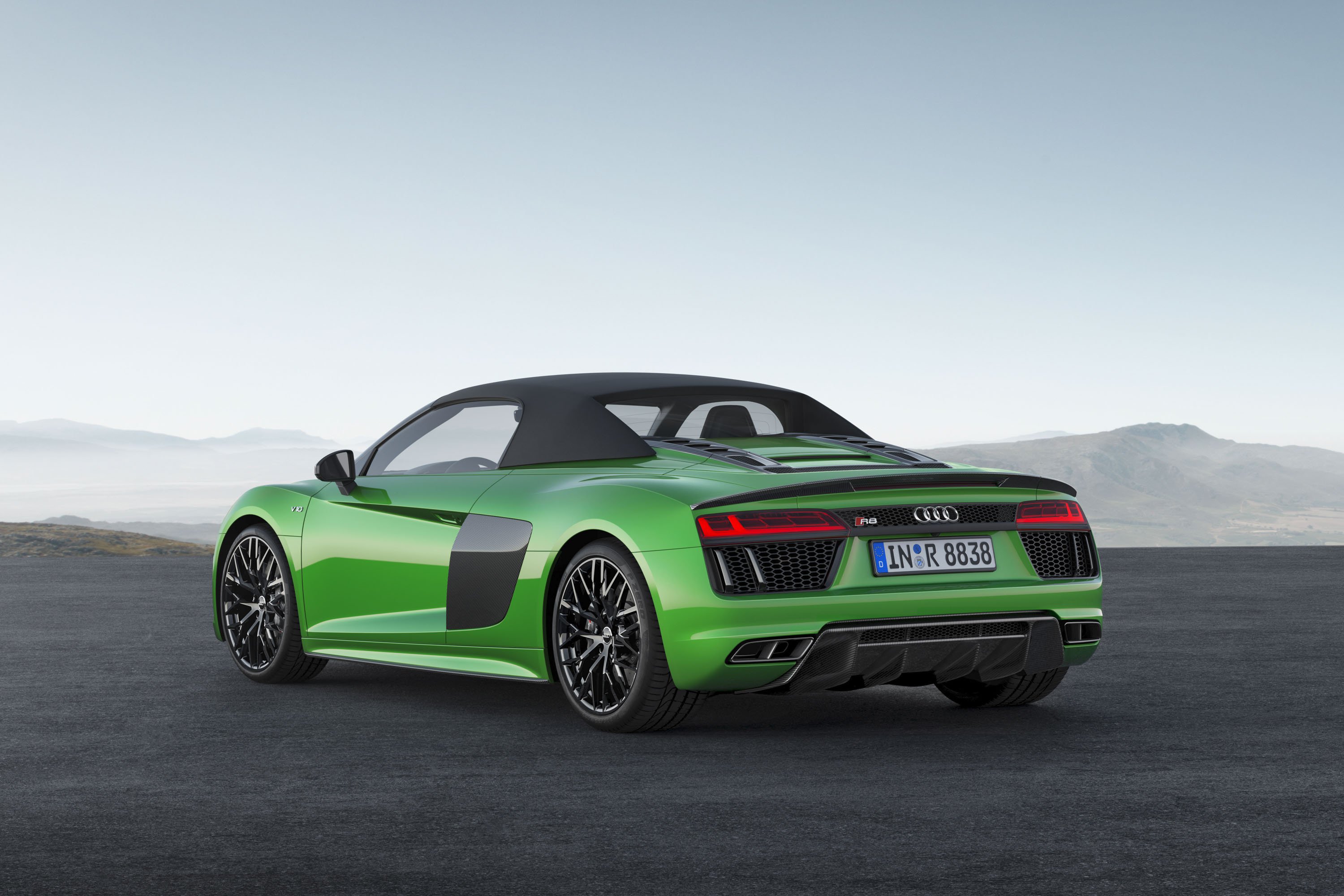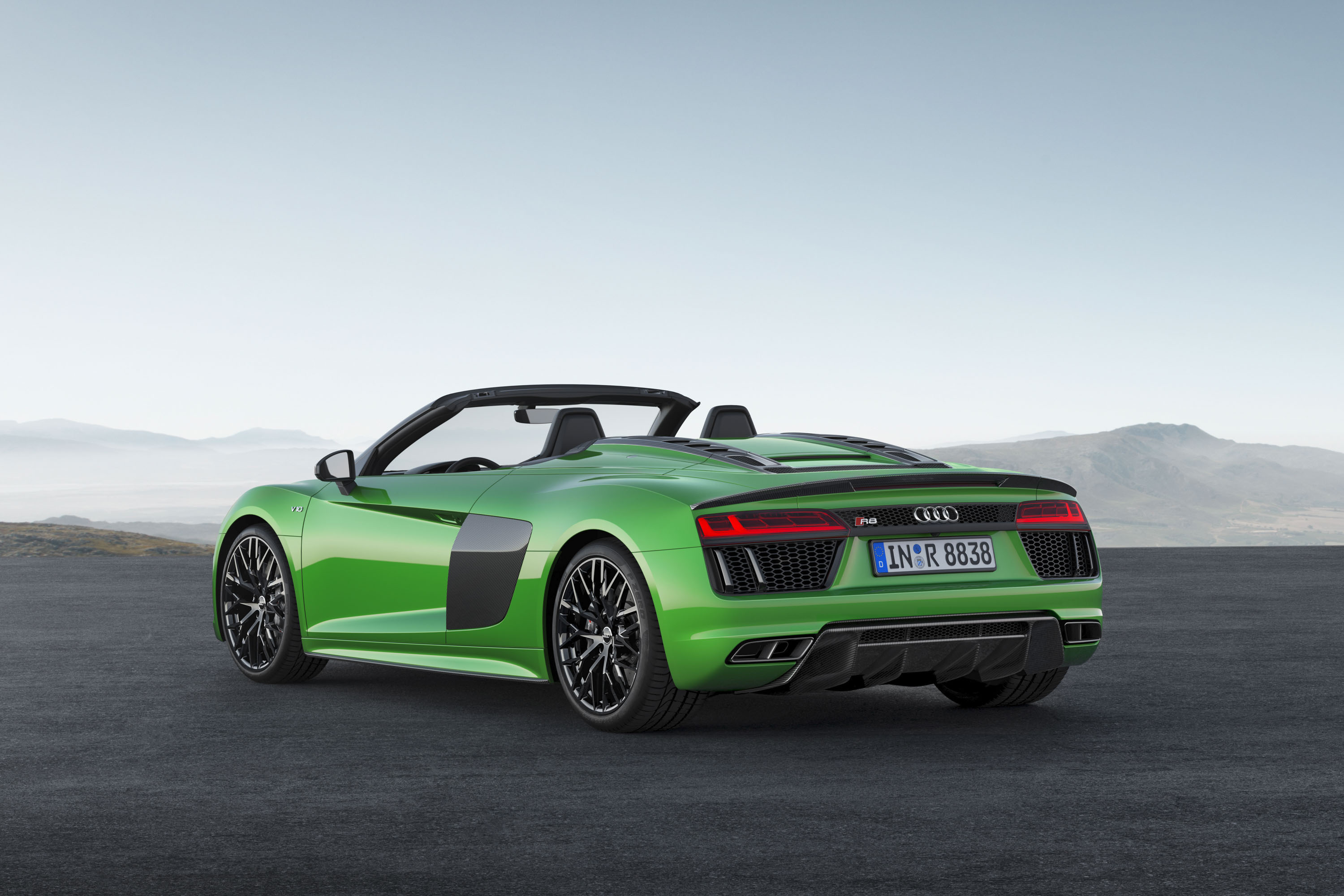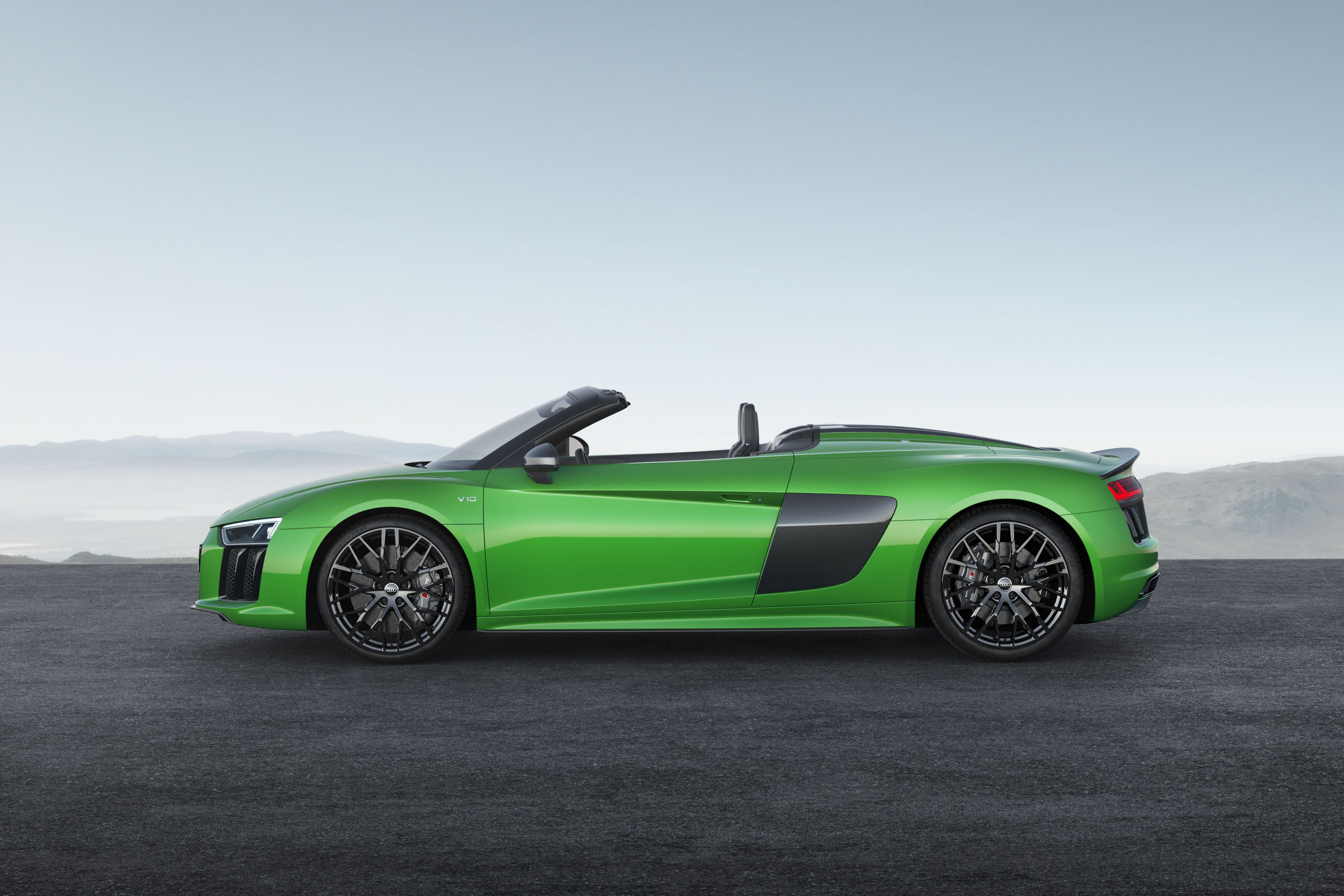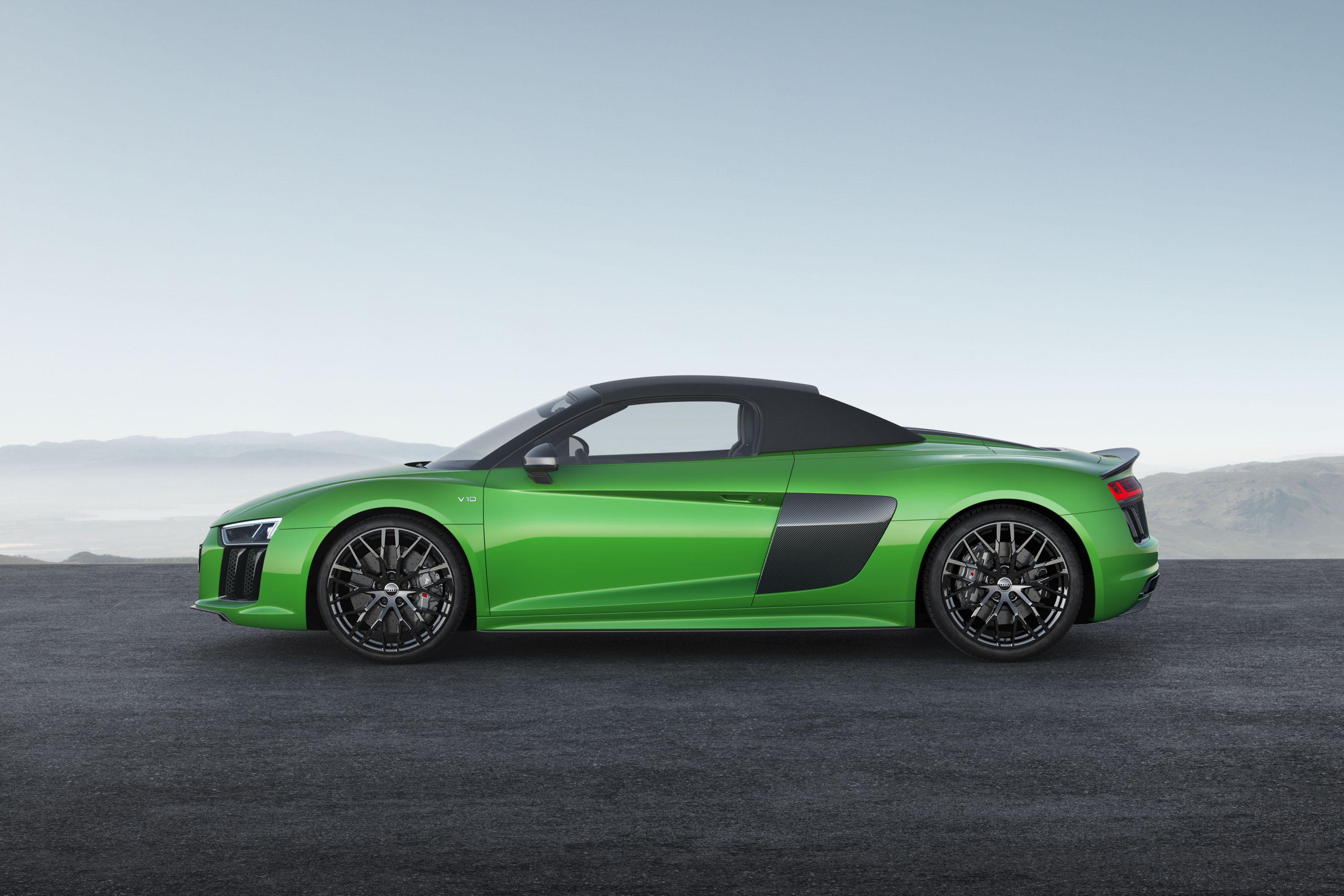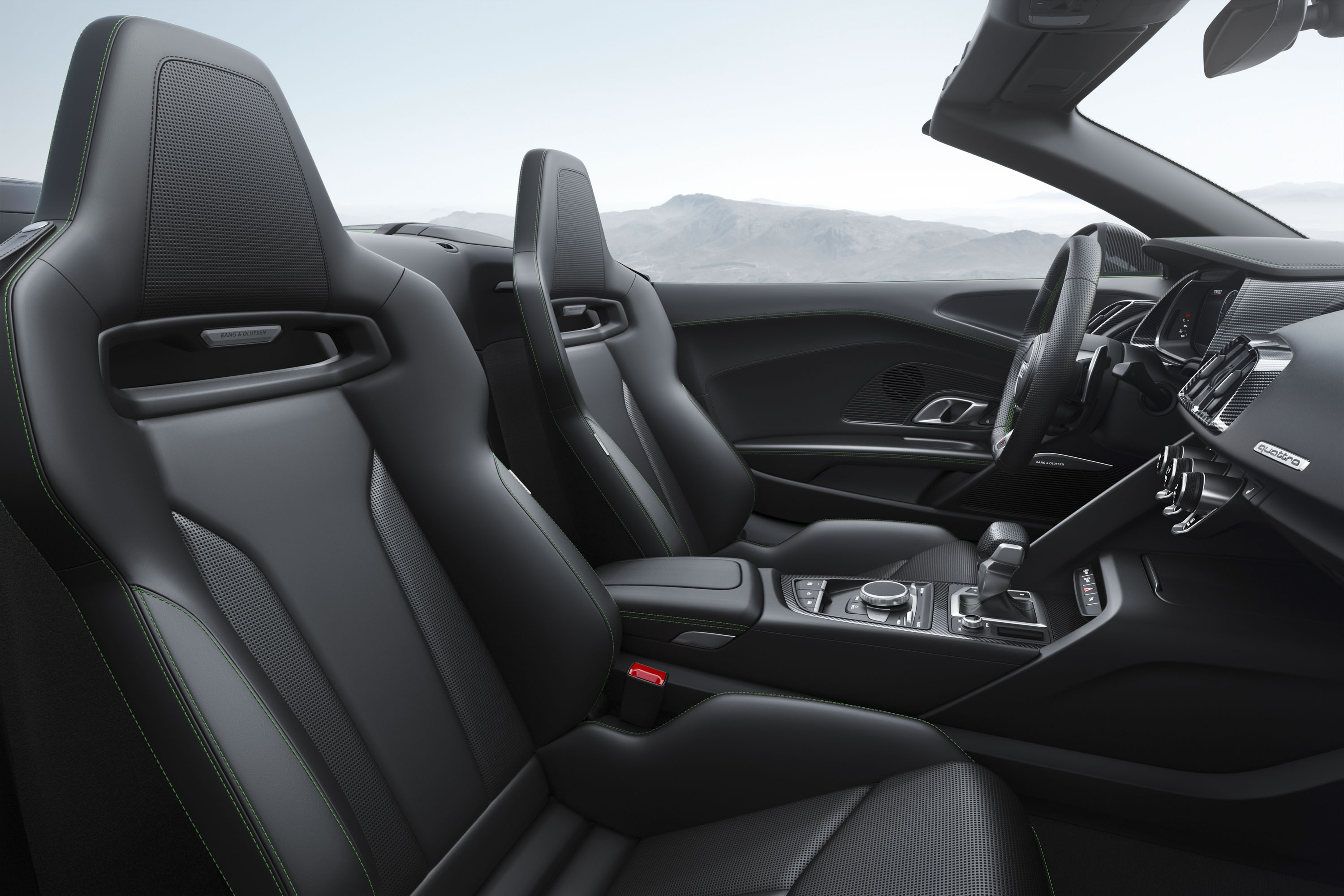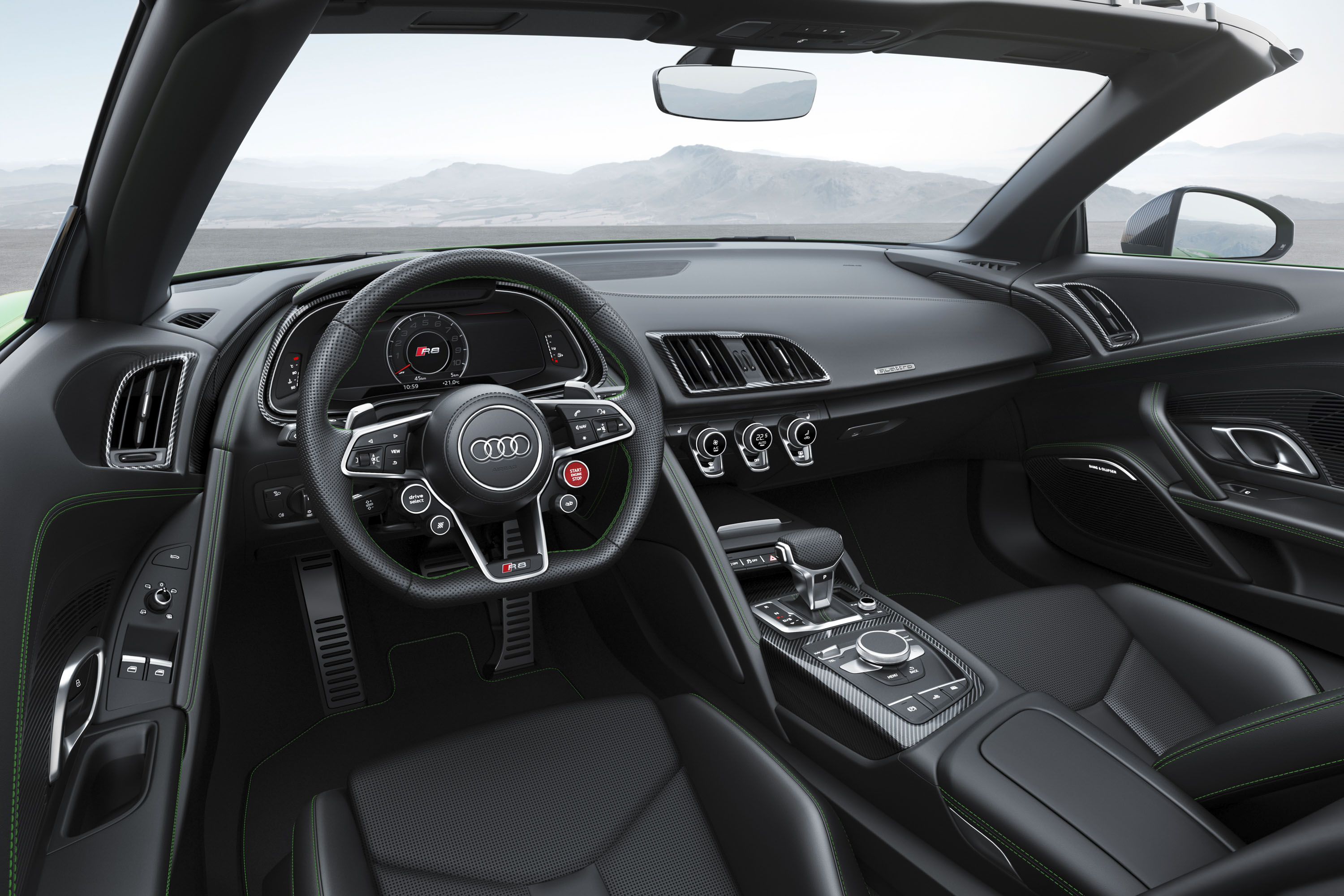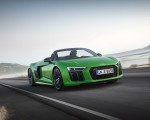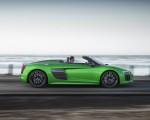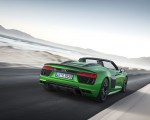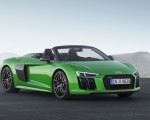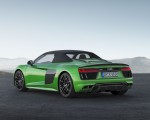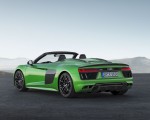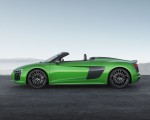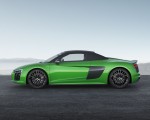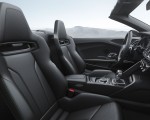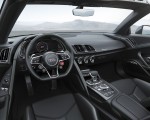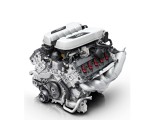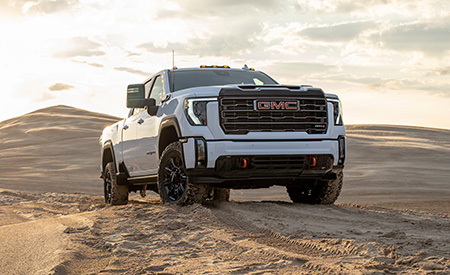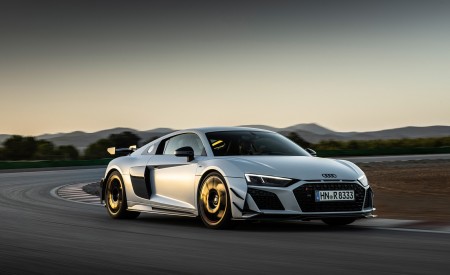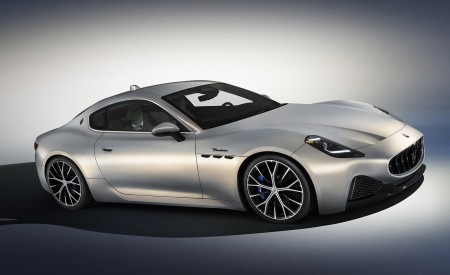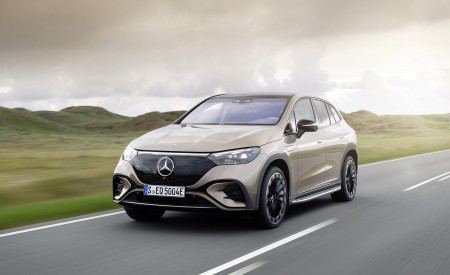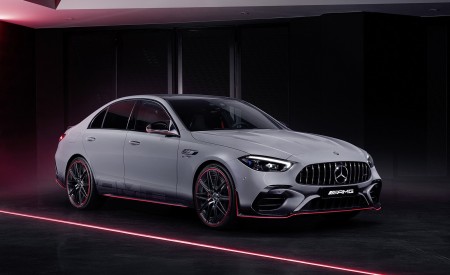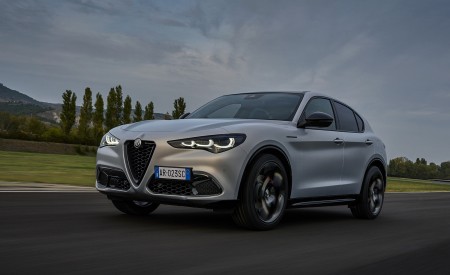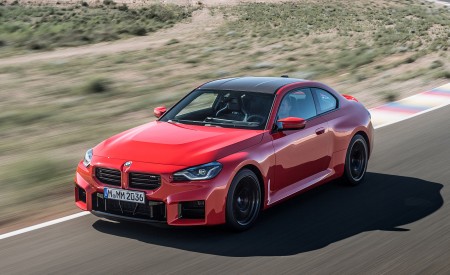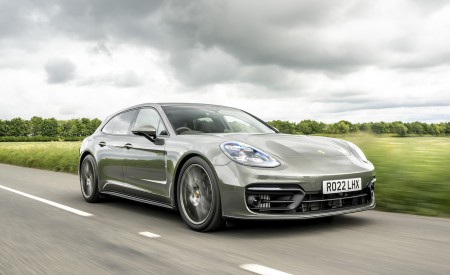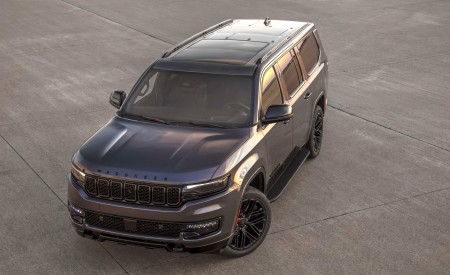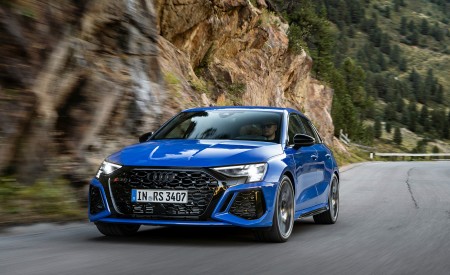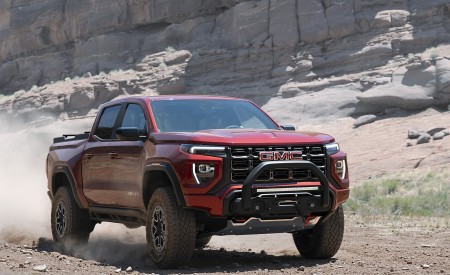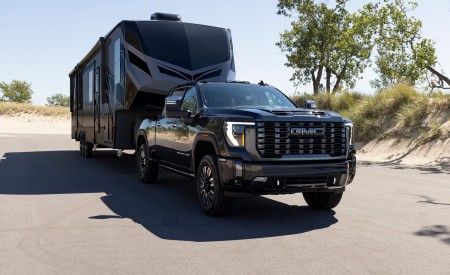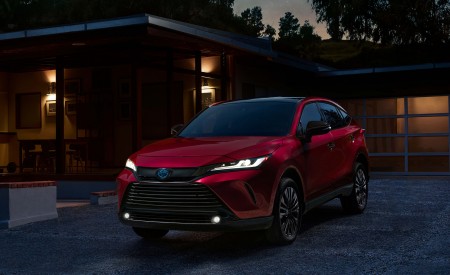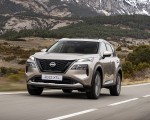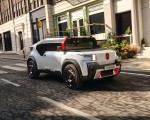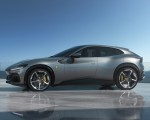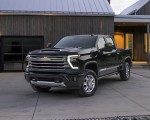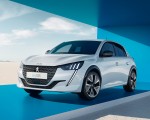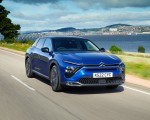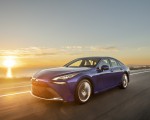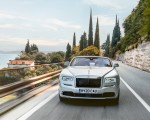2018 Audi R8 Spyder V10 Plus
“Audi R8 Spyder V10 gets a plus, literally, with the most powerful production engine Audi builds. R8 Spyder V10 plus reaches 62 mph in just 3.3 seconds and has an exclusive exterior styling as well as a special green-spider color for the Spyder. Below is the press release from Audi:” Ed.
The Audi R8 Spyder V10 plus (combined fuel consumption in l/100 km: 12.5 l/100 km [18.8 US mpg]; combined CO2 emissions in g/km: 292 [469.9 g/mi]) from the workshop of Audi Sport GmbH is the fastest series-production convertible model from the brand with the four rings. Its unmistakable 610 hp V10 mid-engine offers intense driving performance and powers the quattro permanent all-wheel drive. The standard performance program, R8 bucket seats and many components made from carbon fiber-reinforced polymer distinguish this high-performance sports car, with its exclusive micrommata green paint finish giving it an even more cutting-edge look.
“The Audi R8 Spyder V10 plus completes the R8 model line,” said Stephan Winkelmann, Managing Director of Audi Sport GmbH. “The Spyder is now also available as a 610 hp top version in addition to the Coupé. It benefits from our many years of experience in motorsport and combines breathtaking dynamics with the emotion of an open-top sports car.”
The most powerful series-production engine from Audi: V10 mid-engine with 449 kW (610 hp)
Incredibly high revving up to 8,700 rpm, lightning-quick responsiveness and an awe-inspiring, voluminous sound – the V10 mid-engine is an object of fascination. With 449 kW (610 hp) and maximum torque of 560 Newton meters at 6,500 revolutions per minute, it is the most powerful series-production engine from the brand with the four rings. Compared with the Audi R8 Spyder V10 (combined fuel consumption in l/100 km: 11.7 [20.1 mpg] combined CO2 emissions in g/km: 277 [445.8 g/mi]), the naturally aspirated 5.2 FSI engine, with a high 12.7:1 compression ratio in the plus version, features a 52 kW (70 hp) boost in performance.
As a result, the top model sprints to 100 km/h (62.1 mph) in 3.3 seconds – 0.3 seconds faster – and achieves a top speed of 328 km/h (203.8 mph), an increase of 10 km/h (6.2 mph). Each hp only has to move 2.78 kilograms (6.1 lb).
In the NEDC, the R8 Spyder V10 plus consumes 12.5 liters per 100 kilometers (18.8 US mpg), which corresponds to CO2 emissions of 292 grams per kilometer (469.9 g/mi). Its efficiency technologies include the cylinder on demand (COD) system, which deactivates one cylinder bank at low to medium loads, as well as dual injection in the intake manifold and combustion chambers. If the driver lets off the accelerator at a speed of over 55 km/h (34.2 mph), the engine disconnects from the drive – and the new R8 Spyder coasts at idle with minimal fuel consumption. When the car comes to a stop, a start-stop system deactivates the V10 engine.
The oil supply is designed according to the dry sump principle, like that of a racing car. This enables the engine to be positioned extremely low, giving the car an extremely low center of gravity – a requirement for the sporty and agile driving behavior.
Stability and dynamics: the quattro drive
Behind the V10 there is a seven-speed S tronic with lightning-fast action. The sporty dual-clutch transmission, with its short transmission ratio, sends power to the quattro drive system in the front axle via a cardan shaft. Its key component is an electro-hydraulically activated multi-plate clutch. It is water-cooled for maximum performance. Depending on the driving situation, distribution of the drive torque by the clutch is completely variable, and in extreme cases sends up to 100 percent to one axle. A mechanical rear differential lock provides confident traction and maximum dynamics.
A question of character: Audi drive select
Management of the clutch is integrated in the Audi drive select dynamic driving system, which gives the driver a choice between the comfort, auto, dynamic and individual modes. The standard performance mode includes the programs dry, wet and snow. They adapt the characteristics of the drive system and suspension to the friction coefficient of the road.
Audi incorporates additional systems along with the quattro drive system – the accelerator pedal, the seven-speed S tronic, the steering, the flaps of the exhaust system and the optional Audi magnetic ride adaptive damper control, which uses a synthetic oil with small magnetic particles to vary damping in auto, comfort and dynamic modes. In dynamic mode, the system allows a more spontaneous steering response and more agile handling. The wheels are precisely braced during cornering and body roll is largely suppressed. During braking, Audi magnetic ride counteracts the tendency of the body to dip. The performance programs from Audi drive select also make use of Electronic Stabilization Control (ESC) for the best possible lap times.
The racing car as a role model: the suspension
All four wheels of the Audi R8 Spyder V10 plus (combined fuel consumption in l/100 km: 12.5 l/100 km [18.8 US mpg]; combined CO2 emissions in g/km: 292 [469.9 g/mi]) are guided through aluminum double wishbone suspensions – this solution also demonstrates the model line’s closeness to motorsport. The setup is firm and the electromechanical power steering offers the ideal specific combination of precision, handling and confident high-speed behavior for a sports car. Dynamic steering with variable steering ratio is available as an option. This boosts the car’s responsiveness at all speeds, providing high-performance cornering characteristics and quick steering behavior. It countersteers with tiny impulses at the cornering limit to further improve stability.
Audi mounts a mix of tires – 245/35 on the front, 295/35 on the back – on the standard 19-inch forged aluminum wheels in five twin-spoke design. On the optional 20-inch wheels, 245/30 and 305/30 tires are used. The large brake discs – 380 millimeter (15.0 in) diameter in front, 356 millimeters (14.0 in) in back – are manufactured from extremely durable, temperature-resistant and lightweight carbon fiber ceramic composite. The anthracite gray fixed calipers feature six pistons on the front axle and four in the rear.
Laser light and carbon components: the design
The R8 Spyder V10 plus has an angular and athletic stance on the road. It is 4.43 meters (14.5 ft) long and 1.94 meters (6.4 ft) wide, but just 1.24 meters (4.6 ft) tall. The most distinctive element on the front is the wide and flat Singleframe grille with its gloss honeycomb mesh, chrome-plated frame and the Audi Sport emblem. Below it stretches a low-lying carbon spoiler, which directs air around the large wheels. Optional Audi laser light in the LED headlights provides farsighted vision at night. These feature distinctive illuminated, anodized blue dividers as well as the dynamic turn signals.
A continuous shoulder line spanning the flanks emphasizes the taught line of the body. The sideblades, sill trim, lid on the convertible top compartment and the fixed rear spoilers are constructed from carbon fiber-reinforced polymer (CFRP). They are distinguishing features of the open-top model. If desired, Audi can paint the sills and rear spoiler in the color of the car at no extra charge. In the rear, large, glossy black trapezoidal exhaust tailpipes flank the opening of the wide diffuser, another component made from CFRP. Its suction literally holds the Audi R8 Spyder V10 plus on the road – with about 100 kilograms (220.5 lb) of downforce being placed on the rear axle at top speeds.
Classic concept: the soft top
Typically Audi: the exterior skin of the cloth top is fabric, the substructure is primarily made from lightweight materials like magnesium and aluminum. Consequently, the cloth top weighs just 44 kilograms (97.0 lb) and contributes significantly to the low weight and low center of gravity of the R8 Spyder V10 plus. Two fins running to the rear tighten the top. An electrohydraulic drive takes 20 seconds to open or close the top, even while driving at speeds up to 50 km/h (31.1 mph). Folded in a Z-shape, it is housed in a flat storage compartment over the engine.
The rear window is sunk into the bulkhead and can be retracted and extended electrically. With all of the windows closed and the optional wind deflector installed, the wind passes gently over the driver and passenger. Two steel sections pretensioned by springs in the convertible top module serve as roll-over protection.
Lightweight body: the Audi Space Frame
The multimaterial Audi Space Frame forms the strong backbone of the R8 Spyder V10 plus (combined fuel consumption in l/100 km: 12.5 l/100 km [18.8 US mpg]; combined CO2 emissions in g/km: 292 [469.9 g/mi]). It combines aluminum components with components made of structurally integrated carbon fiber-reinforced polymer (CFRP). This is decisive for the low weight of the open-top high-performance sports car. Empty and without a driver, it weighs only 1,695 kilograms (3,736.8 lb); dry weight is just 1,587 kilograms (3,498.7 lb) – another 25 kilograms (55.1 lb) less than the Audi R8 Spyder V10 (combined fuel consumption in l/100 km: 11.7 [20.1 mpg]; combined CO2 emissions in g/km: 277 [445.8 g/mi]). The lower weight is achieved, for one, with the R8 bucket seats, as well as with the carbon-ceramic brake system and the light-alloy forged wheels.
The aluminum parts make up 79.6 percent of the weight and constitute a supporting structure that the engineers used especially to strengthen the sills, A-pillars and front windshield frame of the car in comparison with the R8 Coupé (combined fuel consumption in l/100 km: 12.3 – 11.4* [19.1 – 20.6 US mpg]; combined CO2 emissions in g/km: 287 – 272* [461.9 – 437.7 g/mi]. The outer skin is likewise made primarily of aluminum. The center tunnel, rear panel and B-pillars are made from extremely tough and torsion-resistant CFRP. In addition to the selection of materials, innovative manufacturing methods have also reduced the weight of many components. The Audi Space Frame weighs just 208 kilograms (458.6 lb), while its torsion-resistance has increased more than 50 percent compared to the first R8 generation. This rigidity is the decisive parameter for driving precision, crash safety and acoustic comfort.
As you wish: customization
With the Audi exclusive program, the possibilities are almost limitless for customers to personalize their R8 Spyder V10 plus. In addition to the 11 regular paint finishes, the program also includes freely selectable colors and matt-effect paint finishes. The convertible top is available in three colors, and the side blades can be selected in five colors. Like the door sill trim, the side blades can also be personalized with insignia as well as designed in colors according to customer tastes. In addition, parts in carbon or titanium black are available for many areas of the exterior and interior. Numerous upholstery types, inlays, and colors add to the wide range of options.
Aggressive look: the Audi exclusive micrommata green design package
The optional micrommata green design package lends the convertible high-performance sports car the ultimate edge. Its body is painted in a distinctive green. The anthracite gray Singleframe grille and black tailpipe covers create a sharp contrast. Audi exclusive furnishes the interior completely in black, in fine Nappa leather, which is perforated on control elements. Green contrast stitching accents the seats, center armrests, doors and floor mats with luminous color that matches the exterior.
Driver-focused: cockpit and controls
R8 bucket seats come standard in the top convertible model. They are light, highly contoured, mounted low and bear the R8 embossing. They are upholstered in fine Nappa leather with special pigmenting that stops them from heating up in the sun’s rays. Decorative inlays are made from carbon; the pedals and footrest are in glossy stainless steel. The defining element is the “monoposto”, a large arc running around the cockpit. The dashboard appears to float weightlessly. Its lower section contains buttons and controls for the air conditioning, shaped like turbines.
As in a racing car, drivers can operate all important functions without having to take their hands off the steering wheel. The standard R8 performance leather steering wheel features integrated multifunction buttons as well as two large control satellites. The driver uses these to start and stop the engine and control Audi drive select. Two more buttons including a rotary wheel are used to control the performance mode and the exhaust flaps.
The large 12.3-inch, fully digital Audi virtual cockpit presents all information using rich 3D graphics – if desired, in a special performance view that puts the focus on the rev counter. It also serves as a gear shift indicator – when the seven-speed S tronic is being operated in manual mode, its scale has a color background at higher engine speeds. Next to it are indicators showing output, torque, g-forces, lap times and the temperatures of the tires, engine and transmission oil.
High bandwidth: infotainment and Audi connect
The standard equipment package for the R8 Spyder V10 plus (combined fuel consumption in l/100 km: 12.5 l/100 km [18.8 US mpg]; combined CO2 emissions in g/km: 292 [469.9 g/mi]) includes a superb infotainment system – the MMI navigation plus with MMI touch. It features impressive and intuitive control logic with flat hierarchies. Added to this is a free text search that delivers suggested hits after only a few letters are typed in. The natural-language voice control function also recognizes many terms from everyday speech. Standard seatbelt microphones provide for optimal audio quality, even when the top is down. In addition, the MMI navigation plus has an integrated Wi-Fi hotspot for the mobile devices of passengers.
The optional Audi connect module enables fast internet access via LTE. Its offerings include numerous services ranging from navigation with Google Earth and Google Street View to travel and traffic information as well as point-of-interest searches. In addition, the Audi smartphone interface also displays selected content from iOS and Android smartphones in the Audi virtual cockpit. The optional Audi phone box connects mobile phones to the on-board aerial and charges them inductively in line with the Qi standard. The Bang & Olufsen sound system provides an excellent audio experience – even while driving with the top down. It integrates two head restraint loudspeakers in each seat.
Handcrafted manufacture: the “Audi Böllinger Höfe” production facility
The quality of the R8 Spyder V10 plus (combined fuel consumption in l/100 km: 12.5 l/100 km [18.8 US mpg]; combined CO2 emissions in g/km: 292 [469.9 g/mi]) fulfills the most stringent standards. The body and final assembly are completed in the “Audi Böllinger Höfe” production facility operated by Audi Sport near Neckarsulm. The processes are organized to be highly flexible so that individual customer requests can be fulfilled. About 500 highly qualified employees construct the cars by hand with meticulous care. Before they are delivered, each high-performance sports car is put through a stringent test procedure until their final test drive on public roads.
Orders are now being accepted for the Audi R8 Spyder V10 plus, and the first cars will be delivered in late summer 2017. The base price in Germany is 207,500 euros.
